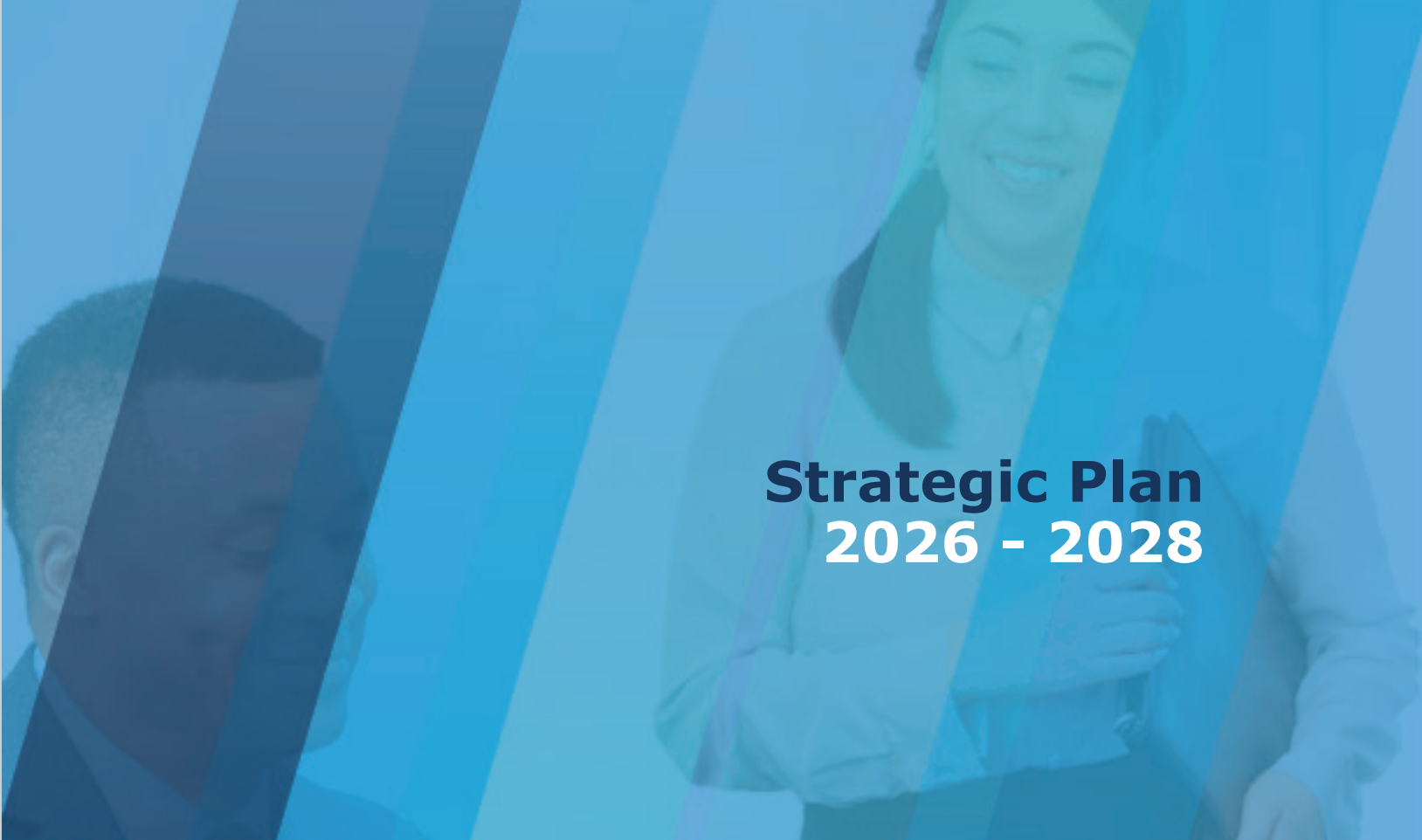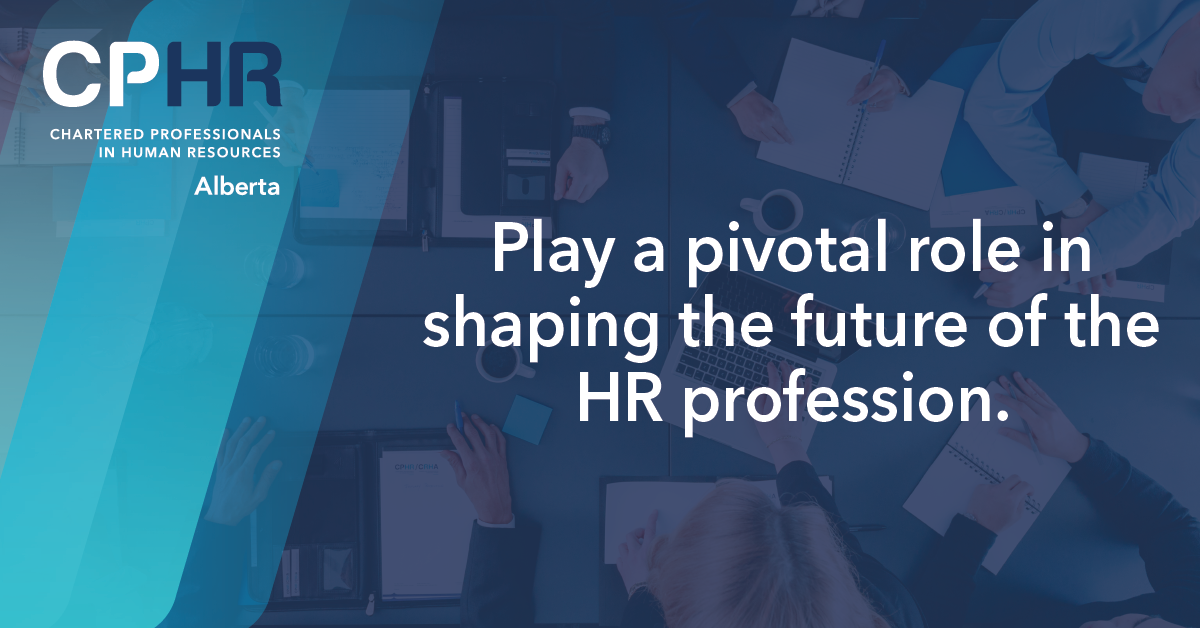
The Connection Between DEI and Psychological Safety

Author : Lewis Glassey
What is Psychological Safety?
Psychological safety is the degree to which an individual feels safe to contribute without fear of being punished, embarrassed or criticized. It’s fundamental to team collaboration, our sense of belonging, our wellbeing and organizational performance.
As leaders increasingly look to create more diverse, respectful and inclusive workplaces, we’re finding many are becoming less confident. Leaders are feeling unsure how to support and strengthen individuals and team dynamics while simultaneously holding staff accountable and achieving strategic goals.
Open communication with your teammates does not result in a lack of accountability, it’s actually quite the opposite. A psychologically-safe workplace is where all members can give and receive feedback, contribute ideas, raise concerns and it is the key to building diverse, high-performing organizations.
Traditional leadership practices are not great at creating psychologically safe work environments. Leaders should instead set the direction for a team and introduce accountability to ensure goals are being met. When leaders take their team’s needs into account and are able to sustainably perform at a high level, it is referred to as the accountability loop. There is an expectation that leaders simply know and understand how to strengthen and support teams without being taught.
We believe in a four-step, repeatable approach to leadership development:
- Confirm direction - Ensure clarity, certainty, and alignment
- Support Individuals - Promote fairness, recognition, and trust
- Strengthen Team Dynamics - Build a team safety, comfort with risk, and acceptance of all team members; and
- Build Accountability - The team can now focus on learning, catching, and coaching
Our Circular Leadership program gives leaders and teams a shared language and deliberate approach to sustainably build and support human-centric, high-performing workplaces.
Challenges Facing Successful DEI Initiatives
As companies increasingly recognize the performance benefits of more diverse and inclusive workplaces, it’s important that they track and respond as these concepts evolve over time.
For example, diversity was initially thought of as simply integrating people of different genders, faiths, ethnicities, and physical abilities into the workplace. As our understanding evolved, we learned to consider others’ experiences, identities and opinions. The most current iteration takes the previous ideas into account but recognizes that it’s also about tolerance, flexibility, choice and career purpose/progression. The expansion from a focus on just diversity to including, equity, inclusion and more recently belonging highlights these evolutions.
The challenge is that, without any way of understanding the needs of your workforce, it is difficult to drive meaningful action to achieve and maintain diversity targets.
When organizations are unable to see how their DEI initiatives impact their workforce, it is impossible to understand why these initiatives undermine collaboration, performance, innovation, customer satisfaction and staff retention. Decision-makers are hamstrung to make good decisions that positively improve the workplace experience and organizational performance.
As a result, strategies to increase diversity see short-term results with the very staff they are trying to attract leaving due to feeling excluded, unheard or under-valued.
Psychological Safety: The Key to an Effective DEI Strategy
Over the past six months, we have been doing a lot of work with clients measuring the relationship between psychological safety, DEI and its impact on organizational performance.
In every case, our results have revealed strong relationships (correlations) between psych safety and DEI. These results show that teams with elevated levels of psychological safety always or regularly:
- Feel comfortable discussing women’s career development.
- Discuss gender and ethnicity issues amongst their team and with their managers;
- Experience better interactions between staff of diverse backgrounds; and
- Feel more satisfied with how their organization handles diversity issues.
Teams that reported low levels of psychological safety, on the other hand, reported rarely or never to each of the above.
For one client, who had committed to increasing diversity in their workforce, they discovered staff with low levels of psychological safety were 43% more likely to leave the organization, with women being 71% more likely to leave than their male counterparts. In a tight labour market, servicing the revolving door of staff leaving was dramatically impacting staff morale, business growth and product development.
Implementing a DEI strategy that does not incorporate psych safety is lose-lose-lose for the people in your workforce, your organization’s performance, and greater society.
The Takeaway:
Where psychological safety is low, staff feel unwilling or unable to discuss DEI issues with fellow staff members or management.
Employers who focus on DEI topics but ignore the psychological safety of their teams put their organization at risk of higher turnover, reduced performance, low innovation and have a lower likelihood of change initiatives succeeding.
The good news is that employers who recognize psych safety as a foundation piece to achieving DEI targets can intentionally and sustainably build high-performing, human-centric workplaces.
About the Author:
Written by Lewis Glassey, Business Development Manager at Conductor Software
Performance, innovation and retention depend on the ability of leaders - at all levels - to cultivate and sustain psychological safety in the workplace.
The views and opinions expressed in this blog post belong solely to the original author(s) and do not necessarily represent the views and opinions of CPHR Alberta.
The views and opinions expressed in this blog post belong solely to the original author(s) and do not necessarily represent the views and opinions of CPHR Alberta.





